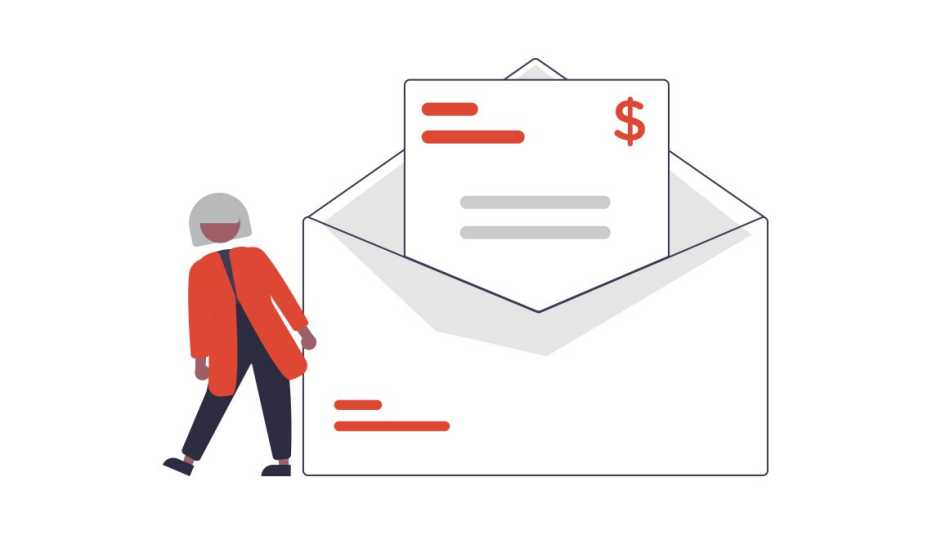Groceries are the average American’s third-largest expenditure, behind only housing and transportation, according to the U.S. Department of Agriculture. But calories don’t have to be costly. If you’re a savvy shopper, you can fill your plate without emptying your wallet.
Shift from disposable to reusable
Take inventory of your most used items and consider what makes sense to swap out for ones you can use over and over again. “Invest in reusable products such as a [water filteration system], a reusable coffee filter, or wool dryer balls,” says Kumiko Love, personal finance expert behind TheBudgetMom.com. There are also options for single-cup coffee makers like Keurig and Nespresso machines. It’s a win-win of reducing waste and monthly costs.
Limit temptation to impulse buy
By switching over to free pick-up services, you can eliminate the chance you’ll fill your cart with impulse buys, Howard says. “Add items to your cart online and reserve a time to pick up your order.”
Create a master menu
You can also streamline the shopping process by developing a limited, but loved, meal menu that allows you to buy in bulk, says Winnie Sun, managing partner of Sun Group Wealth Partners. “This will save you time and money, because you’ll eat the food and less will go to waste.”
Find the free meals
Check with your health care provider to see whether they offer free meal programs for seniors, says Tiffany Aliche, financial educator, founder and CEO of The Budgetnista.com. Examples include Humana’s Well Dine program, Mom’s Meals and certain Aetna Medicare Advantage Plan members. Or you could turn to non-health care provider options, like Meals on Wheels.
Fresh isn’t always best
Whole, minimally processed canned or frozen options preserve nutritional content. And canned or dried soups are often the lowest-cost, nutritionally wholesome food options, notes Shang. To make sure you’re finding the minimally processed products, check labels to verify there’s no added sodium and sugar.
Store brand is just as good
Many store-brand products are often made by big-name companies and differ only in a few ingredients and labels. “Try a store brand just once the next time you’re at the supermarket,” says Howard. “If you like what you buy, you save money that time and every time going forward when you buy it again.”
By improving ways we spend on daily needs and extras, we can rack up significant savings and pave the way to have extra cash for fun non-necessities.
Scan for unused subscriptions
There are multiple apps that help users find subscription services and determine how much they’re paying for them each year, including Truebill.com, BillShark.com, BillTrim.com and Hiatus. Find out how much you’re paying for auto-draft services such as digital storage, suggests Catherine Alford, financial educator at CatherineAlford.com. “You might have purchased extra Google or iCloud storage without realizing it because you were prompted to do so when updating your phone or trying to take a picture when storage was full.”
Be willing to walk away
Call your internet provider or TV service to see what it will do to keep you loyal. Renegotiate by threatening to cancel, suggests Wang. Perez advises you play hardball by researching what another provider has to offer, especially introductory offers, and sharing those details to see if you can essentially comparison shop.
Enroll in auto-pay
“Many companies, including car insurance companies, banks, Internet and cable providers, offer discounts for enrolling in auto-pay,” says Alford. Verizon, for instance, offers a $5- or $10-a-month discount per line when you sign up for paper-free billing and Auto Pay.
Play the senior card
Discover all the benefits that AARP offers by perusing the Member Benefits page. Beyond that, there are other savings online for those 65-plus. Start with SeniorLiving.org, DealNews.com and TheSeniorList.com. For more specific information, search “senior discounts.” You can also contact your service providers directly and request a decrease, says Aliche. Military service members should also ask about a veterans discount.
Go à la carte
“Choose à la carte options based on your specific needs,” says Marsha Barnes, founder of TheFinanceBar.com. For example, remove channels you only need for seasonal shows. Or do monthly add-ons, like Showtime on Hulu..
Medication
Use GoodRx.com to reduce prescription costs by comparing prices and finding discounts, says Love. You can also go to the Medical Assistance Tool. Patients who qualify can save hundreds of dollars. Through AARP Prescription Discounts provided by OptumRx, AARP members and their dependents receive average savings of 61 percent on FDA-approved prescriptions not covered by their current insurance.
Change your deductible
Howard recommends opting for a $1,000 deductible to get the best savings on your auto insurance policy. Be sure to keep that $1,000 in savings, too, in case of an accident. An increase from $500 to $1,000 can save you up to 25 percent on a homeowner’s premium.
Your house is where you likely spend the most time — and the most money. Here are great ways to save on your daily bills, utilities and maintenance.
Reduce energy use
Turn down the temperature on your water heater to conserve energy, and switch to wool dryer balls to reduce drying time, both of which lower your electric bill, says Love. She also advises changing light bulbs to halogen incandescent or LEDs, which last longer and use less energy. Shang recommends unplugging all electronics not in use to avoid standby power use and lower your bill.
Consider becoming a renter
Owning isn’t always the best option, says Barnes of the Finance Bar. “As we age, our need for space reduces. Consider the appropriate living quarters for yourself based on needs, opposed to media influences.”
Lock in a rate with a landlord
Renters should ask landlords if they’re willing to offer a discount for locking in a longer lease contract, advises Wang. Landlords tend to be even more amenable to this with easy tenants during turbulent financial times, such as a recession.
Refinance rates
Call your lender — or shop around—to see whether you can refinance your mortgage, advises Aliche. You can also see whether your state, like Aliche’s home state of New Jersey, offers a senior freeze program for property taxes.










































































You Might Also Like
Smart Guide: Money
19 surprisingly simple ways to save more and secure your finances
Ye Olde Financial Advice
These 16 tips on saving, spending, borrowing and lending were published a century ago, and they still hold great value
More Members Only Access